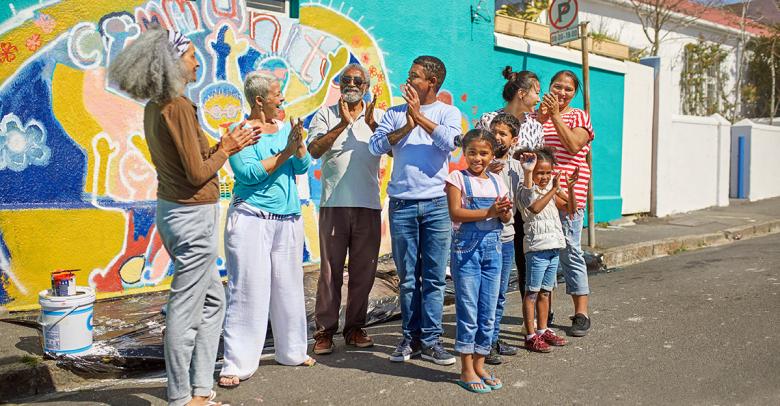In March, most of the world will spring forward into Daylight Saving Time (DST). Changing the clocks to take advantage of longer sunlit days is sometimes called “Summer Time” in other parts of the world. This is a great time to incorporate Daylight Saving Time lessons and projects in the classroom.
Not every state or territory in the US will change its clocks ahead, just as not every country will observe DST. Daylight Saving Time Around The World has a list of who will be observing DST and when their clocks will be set forward (change the year in the link for the most current version). This page also has some very helpful links for further reading.
We’ve got some DST learning ideas of our own, but here are some more wonderful resources for Daylight Saving Time lessons or projects from around the web:
- Daylight Saving Time: Five Resources For The Classroom has links with short descriptions of what is available.
- The Politics of Daylight Saving Time is a good springboard for older students to hold a debate on the subject.
- Who doesn’t love free printables? These Daylight Saving Time printable worksheets are great for 6th and 7th grade.
- Children enjoy moving the clock hands ahead on this classic Judy Clock. The activity makes DST concrete for younger students.
- When playing a Telling Time Bingo Game, add a new level by flipping a coin with each turn. Heads is Daylight Saving Time, tails is Standard Time.
Prepare for the Effects of Daylight Saving Time in the Classroom
The effects of daylight saving time on kids are sleep disruption and disorientation. For this reason, many suggest performance tests should not be scheduled in the first few weeks of a time change.
Teachers have less flexibility to make those decisions but can help students by providing short stretching breaks several times a session. Keeping the room well-lit and attractive helps alertness, too.
It’s important for teachers to remember to take care of themselves as well! Plan to get to bed earlier over the weekend of the clock change to make Monday morning much smoother for everyone.






Leave a Reply